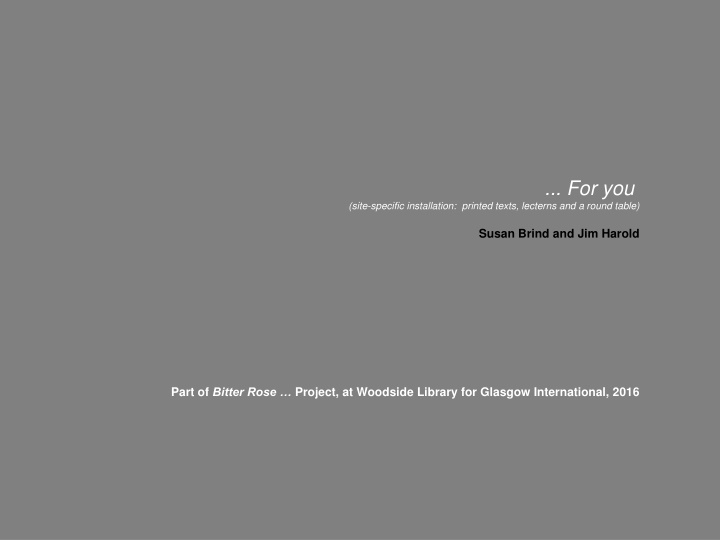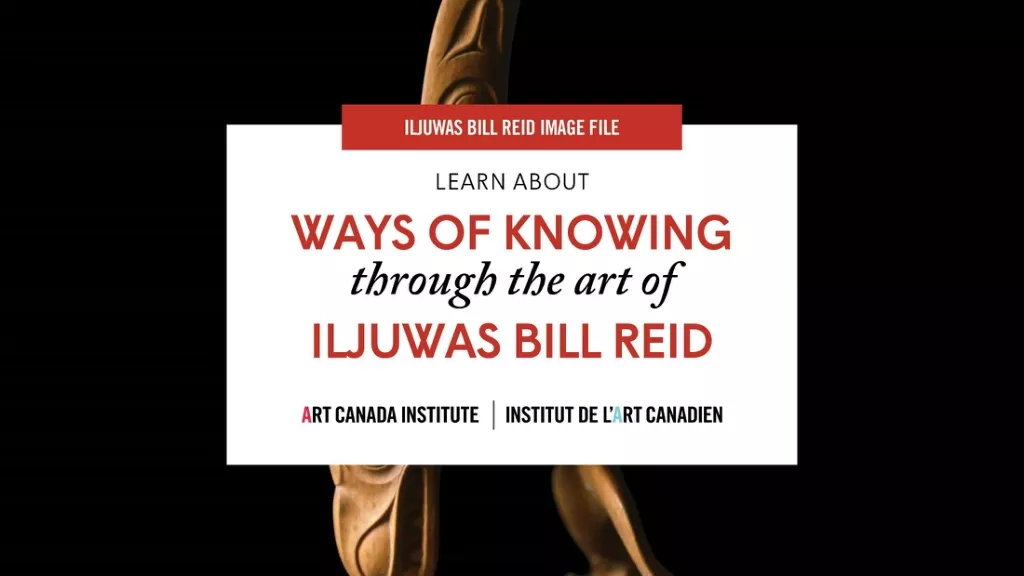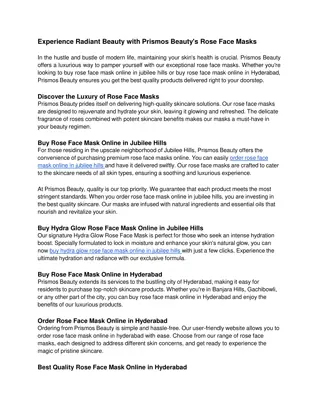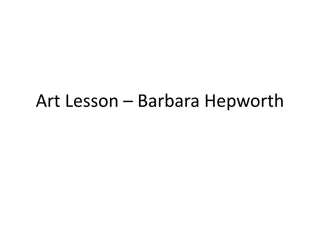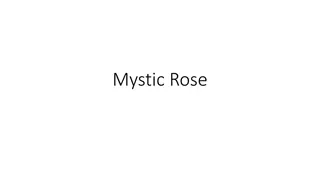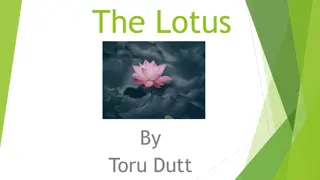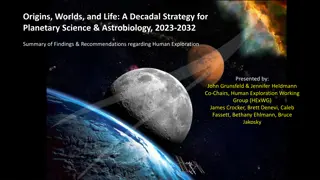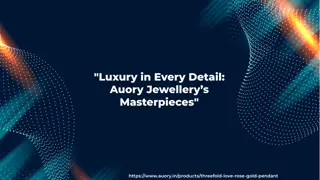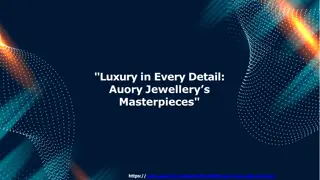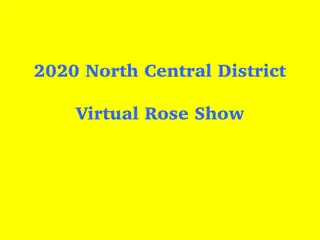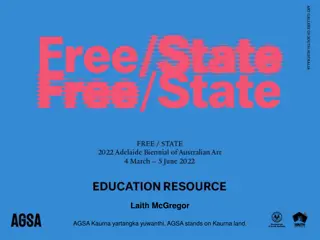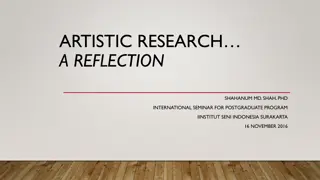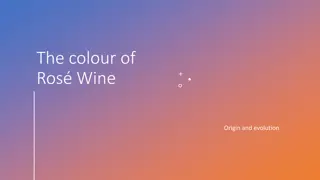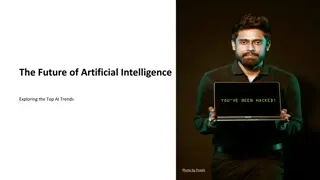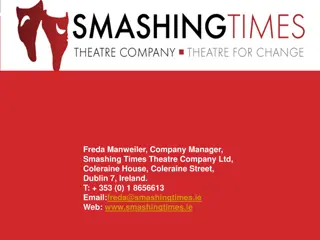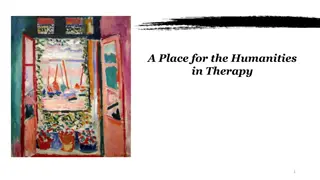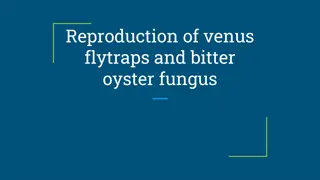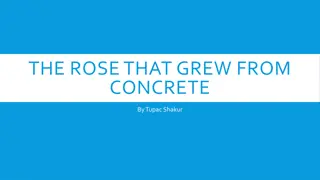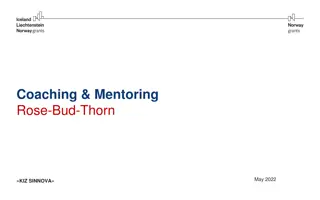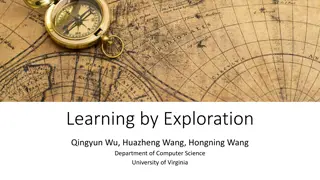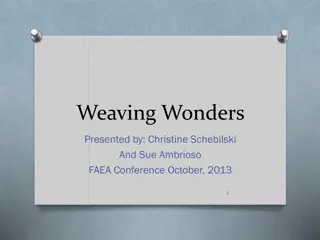The Bitter Rose Project: An Artistic Exploration
Artists Susan Brind and Jim Harold collaborated on a site-specific installation at Woodside Library for the Glasgow International in 2016. Their work, part of the Bitter Rose Project, consists of a series of letters between an anonymous 'I' and 'You,' transcending time and geography. The installation incorporated printed texts, lecterns, and a round table, offering a poetic narrative that touches on themes of love, connection, and human emotions. The overall project, curated by Tawona Sithole and Birthe Jorgensen, explores invisible knowledges and mythical tales, creating a multi-layered artistic experience.
Download Presentation

Please find below an Image/Link to download the presentation.
The content on the website is provided AS IS for your information and personal use only. It may not be sold, licensed, or shared on other websites without obtaining consent from the author.If you encounter any issues during the download, it is possible that the publisher has removed the file from their server.
You are allowed to download the files provided on this website for personal or commercial use, subject to the condition that they are used lawfully. All files are the property of their respective owners.
The content on the website is provided AS IS for your information and personal use only. It may not be sold, licensed, or shared on other websites without obtaining consent from the author.
E N D
Presentation Transcript
... For you (site-specific installation: printed texts, lecterns and a round table) Susan Brind and Jim Harold Part of Bitter Rose Project, at Woodside Library for Glasgow International, 2016
For you Susan Brind & Jim Harold Part of Bitter Rose Glasgow International 2016 Over a number of years, artists Susan Brind and Jim Harold have been collaborating on an artwork that takes the form of a series of letters that reference events witnessed since the turn of the 20th Century. They are written by an anonymous I , from different years and various locations, to an anonymous You , a beloved whose location is unknown. These letters reveal a tender relation reaching across continents. In this iteration of the work, the texts operate within the space of a site-specific installation designed for Woodlands Library that responds both to the architecture of this Carnegie Library, and to the focus of the Bitter Rose project. A reading of a selection of the texts, performed by the artists, formed an event to accompany the exhibition (14 April 2016, 2-5 pm).
Bitter Rose Was an Invisible Knowledges Project (Glasgow Refugee Asylum and Migration Network & Centre For Contemporary Art, Glasgow). It was a curated project for Glasgow International Art Festival 8-25 April 2016 devised by Tawona Sithole and Birthe Jorgensen with special guests / hosts: Gameli Tordzro & family / The Project Cafe, Sogol Mabadi / CCA, Alison Phipps / Woodlands Community Garden, Susan Brind & Jim Harold / Woodside Library, Life Mosaic / Gal Gael, Mara Menzies / Milk Cafe, Jasper Coppes & Open Jar Collective / Govanhill Baths, Bisan Abu Eisheh / Glad Cafe, Bitter Rose / Walk to Easterhouse and Cecilia Naa Densua Tordzro / Platform. Sithole & Jorgensen write: In French surrealist, writer and poet, Ren Daumal s (1908-44) unfinished novel, Mount Analogue, Arthur Beaver recites the mythical tale of The Hollow-men and The Bitter-Rose to fellow voyagers on the yacht Impossible. According to the storey the Bitter-Rose is a magical plant that grows only on the most inaccessible peaks. If eaten, should one be about to tell a lie, one s tongue will start burning. No one has ever been known, to eat a Bitter- Rose, and few people have ever claimed to have seen it. Legend has it that on sensing the tremors of human fear, the illusive rose will retreat into the rock.
In certain of its aspects, the letter appears as the prolongation (by means of writing) of the literary conversation, scholarly discussions and chitchat that took place in [...] literary salons. Touati, Houari, Islam and Travel in the Middle Ages, Chicago: University of Chicago Press, 2010, 233. Saying I appears [...] as a means for motivating the narrative act. It refers [the subject written about] to a personalized instant, [it acts as a] guarantee of what [the author] is saying, on the one hand, and to give voice (through narrative) to his subjectivity, on the other. Touati, Houari, Islam and Travel in the Middle Ages, Chicago: University of Chicago Press, 2010, 239.
